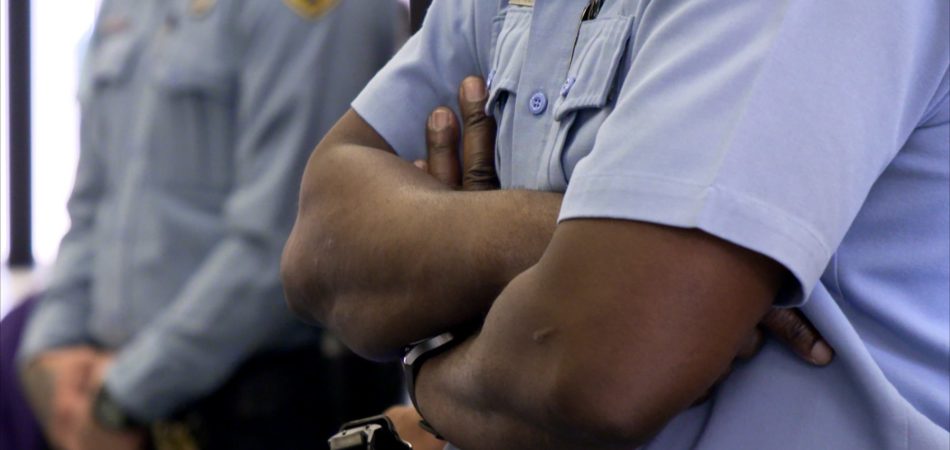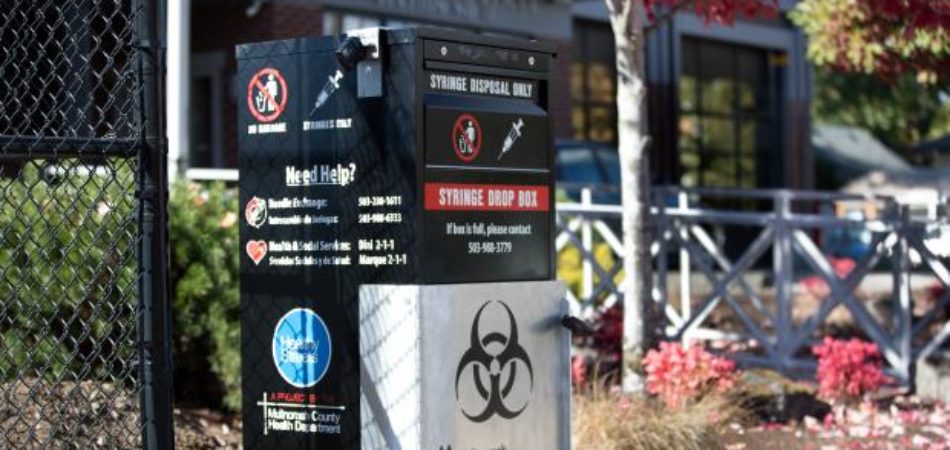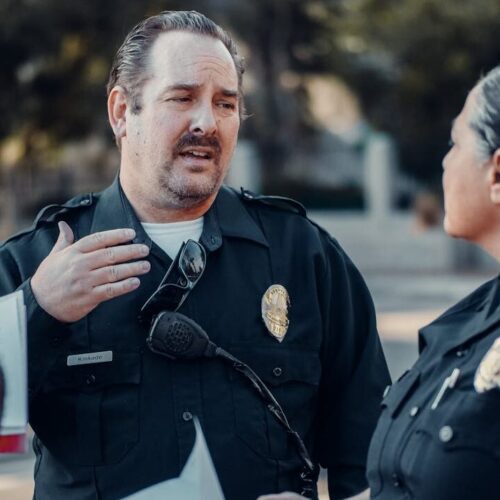
From 911 to 988: Salt Lake City’s Innovative Dispatch Diversion Program Gives More Crisis Options
A three-digit crisis line, 988, launched two years ago to supplement—not necessarily replace—911. Calling 988 simplifies access to services when people are seeking help for themselves or loved ones with suicidal thoughts, behavioral health concerns, or substance use-related crises.

Amanda McNab, LCSW
Often, though, calls needing a behavioral health response rather than a law enforcement response still come through 911. And the reality is that many jurisdictions face practical challenges in determining which calls to transfer from 911 to 988. Some of these challenges include how to determine diversion criteria, ensure adequate staff training at dispatch centers, and manage liability concerns.
Established shortly before 988 became operational, Salt Lake City’s model of cooperation between 911 dispatch and mental health services can serve as an example for other communities as they navigate the complexities of implementing 911 to 988 call diversion.
To better understand what led to Salt Lake City’s program and its success, The Council of State Governments Justice Center interviewed someone who was at the heart of developing these transfer procedures, training programs, and other protocols. Amanda McNab, LCSW, is the quality improvement and training manager for community crisis intervention and support services at Huntsman Mental Health Institute, which is Salt Lake City’s 988 transfer agency.
Editor’s note: Answers have been edited for length and clarity.
Who was involved in initial discussions to create the program? How did you work together to get from idea to implementation?
Huntsman Mental Health Institute has had a longstanding relationship with Salt Lake City’s public service department. Law enforcement and dispatch personnel had noticed that many of their calls involved mental health needs rather than medical emergencies. Once we knew 988 was going to be implemented, directors from law enforcement, dispatch, and Huntsman Mental Health Institute collaborated to devise a strategy to divert appropriate calls to 988 so people can get the support they need.
What criteria do you use to determine when a call should be diverted, and have you updated them since the program began?
Diversion criteria include nonemergency mental health crises such as thoughts of suicide without immediate danger, feelings of isolation, or nonviolent conflicts. Law enforcement still handles calls involving immediate physical threats, medical emergencies, or weapons. We meet monthly to go over what is working, what can be improved, and how 988 options can best fit with 911. Our criteria are reviewed regularly and are refined as needed.
Would you say you are seeing success in deciding which calls are best suited for transfer from 911 to 988?
We do think we are successful and anticipate becoming even more so. We currently divert an average of 84 calls per month from Salt Lake City’s 911 center to 988. While this accounts for about 1 percent of total monthly calls to 988, this translates to major benefits for our community members and cost savings for our 911 and law enforcement partners. We don’t yet have clear statistics for comparison, as we are still working on increasing engagement from all 28 public safety answering points (PSAPs) in the state. But at this point, only about 8 percent of current 988 calls require a transfer back to 911 for law enforcement involvement, while 52 percent result in deployment of the mobile crisis outreach team instead.
How do you facilitate the transfer process?
To make the transfer process easier, we have created unique backend telephone numbers for all 28 of the state’s 911 dispatch/PSAP centers. We hope to have formal business agreements implemented with each PSAP center by the end of 2024. These are not required for the transfer process to take place but provide a good outline for each group’s role in the process.
Were you concerned about liability for staff transferring a call away from 911? If so, how did you address it?
We addressed concerns about liability by developing a protocol for reengaging 911 when necessary, with clear communication guidelines to ensure safety and effectiveness. Criteria for call transfers are detailed in the memorandum of understanding among Huntsman Mental Health Institute, the state of Utah, and the state’s PSAPs.
What challenges have you experienced in implementing and maintaining the diversion process? How have you addressed them collaboratively?
Staff turnover across both 911 dispatch and the 988 transfer agency, Huntsman Mental Health Institute, has posed challenges in maintaining consistent workflows. The work can be emotionally taxing and burnout is common for staff, as it is in any first responder agency. However, we have been working to improve wellness opportunities for staff, such as offering wellness webinars and protocols to support staff.
In our department, we’ve built a small gym and a decompression room for staff to use on breaks or after difficult calls. We also offer mindfulness-based stress reduction classes and continue to focus on staff recognition opportunities. In addition, we have many staff members who are in school for advanced degrees and who will change roles or positions within our organization after graduation, which keeps our team members engaged in professional development and career growth that improves retention and mentorship opportunities.
Have you seen any positive outcomes that surprised you?
We were surprised by how many people are willing to engage with the crisis line and by the low number of cases needing re-transfer to 911. And we’re excited to say that we are on track to expand the collaboration to all 28 PSAPs in Utah by the end of the year.
Credits: Photo of Amanda McNab, LCSW, courtesy of Amanda McNab; photo of Salt Lake City by Gela Delrosario via Pexels
The Salt Lake City Police Department is a participant in the national Law Enforcement-Mental Health Learning Sites Program, which is funded by the Justice and Mental Health Collaboration Program. For more information on their efforts, visit the Salt Lake City Learning Sites webpage.
About the author

The sharp rise in school shootings over the past 25 years has led school officials across the U.S.…
Read MoreIt would hardly be controversial to expect an ambulance to arrive if someone called 911 for a physical…
Read More Taking the HEAT Out of Campus Crises: A Proactive Approach to College Safety
Taking the HEAT Out of Campus Crises: A Proactive Approach to College Safety
The sharp rise in school shootings over the past 25 years has…
Read More Matching Care to Need: 5 Facts on How to Improve Behavioral Health Crisis Response
Matching Care to Need: 5 Facts on How to Improve Behavioral Health Crisis Response
It would hardly be controversial to expect an ambulance to arrive if…
Read More











